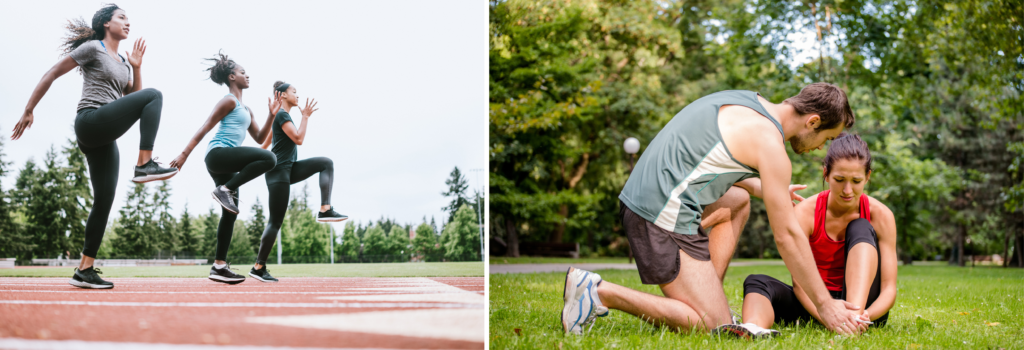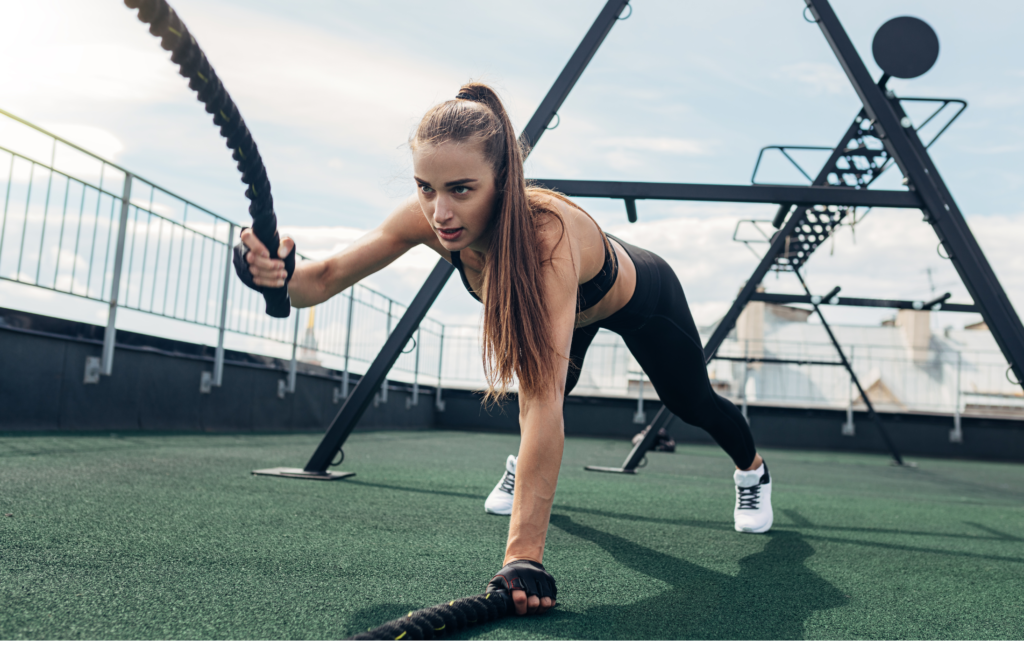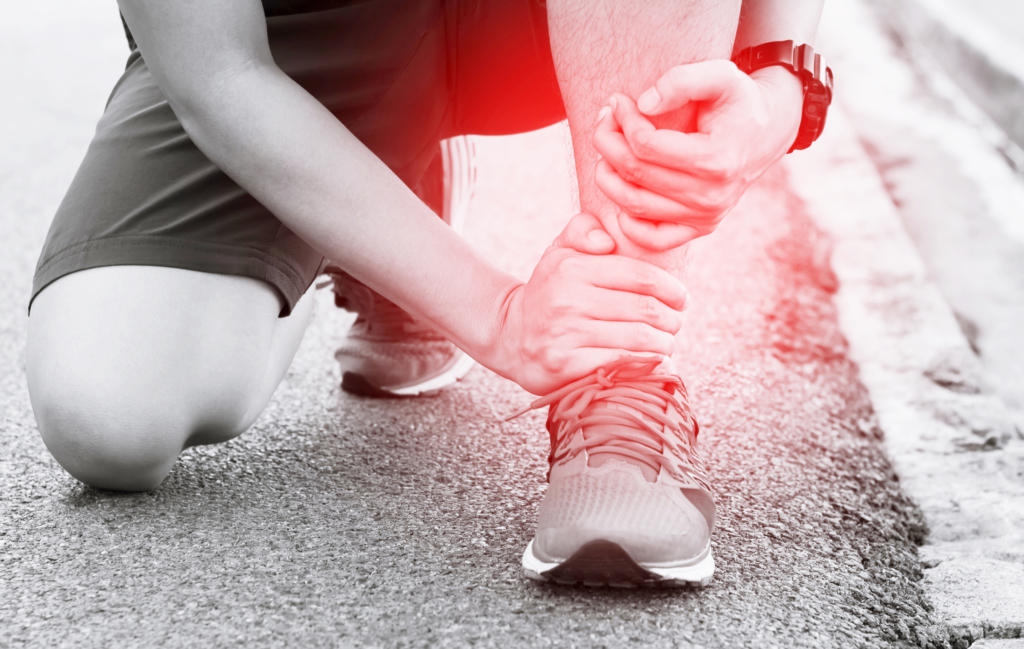ATHLETIC TRAINING & SPORTS INJURIES

Sports Injuries and Athletic Training
Strength. Power. Speed. Agility. Coordination. Balance.
It is not only aspirational, but also absolutely necessary. Especially after an injury. No matter how fit you are, sports injury is always a possibility. Yet, a sportsman knows how to face challenges and overcome them. He has to not only cure himself, but also get back to his chosen sport with full ability – return to the field!
Athletic training is the emphasis on mentally engaging and physically exercising to improve mobility and performance to a level where the person is a fully capable sportsperson again.
An injury needs doctor’s treatment, but it also needs longer term engagement with rest, recovery, right guidance, and very focused and calibrated training.
VKCC provides preventive and rehabilitative care for sports injuries for athletes and sportspersons and indeed, for any kind of injury. It requires mental courage and physical effort – and we provide coaching for that.

ATHLETIC TRAINING & SPORTS INJURIES
1.Warm-up and Stretching Techniques:
- Importance of a proper warm-up routine before any physical activity
- Dynamic stretching exercises to improve flexibility and prevent injuries
- Specific warm-up drills for different sports and activities
2.Common Sports Injuries:
- Overview of common injuries in various sports (e.g., sprains, strains, fractures)
- Causes, symptoms, and treatment options for each injury
- Rehabilitation exercises and tips for faster recovery
3.Injury Prevention Strategies:
- Importance of conditioning and strength training for injury prevention
- Correct techniques and body mechanics to reduce the risk of injuries
- Use of protective equipment and its effectiveness
4.Nutrition and Hydration for Athletes:
- The role of proper nutrition in enhancing performance and reducing injury risk
- Pre- and post-workout meal ideas for athletes
- The importance of hydration and electrolyte balance during physical activity
5.Overtraining and Burnout:
- Signs and symptoms of overtraining syndrome
- Strategies for preventing overtraining and balancing workload
- Mental health considerations and preventing burnout in athletes

6.Return-to-Sport Guidelines:
- Step-by-step approach for safely returning to sport after an injury
- Criteria for clearance and readiness to resume full activity
- Gradual progression of training and preventing reinjury
7.Sport-Specific Training Tips:
- Tailored training advice for specific sports (e.g., basketball, soccer, running)
- Skill development exercises and drills to improve performance and prevent injuries
- Cross-training recommendations to enhance overall athleticism
8.Recovery and Rehabilitation Techniques:
- Overview of different rehabilitation modalities (e.g., physical therapy, massage, cryotherapy)
- Rehabilitation exercises and stretches for common injuries
- Strategies for preventing reinjury during the recovery process.
